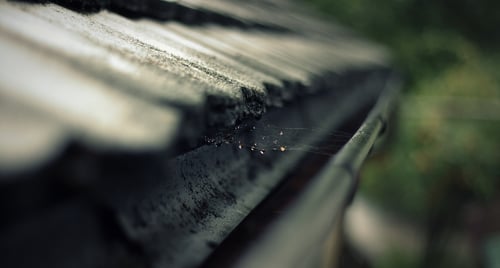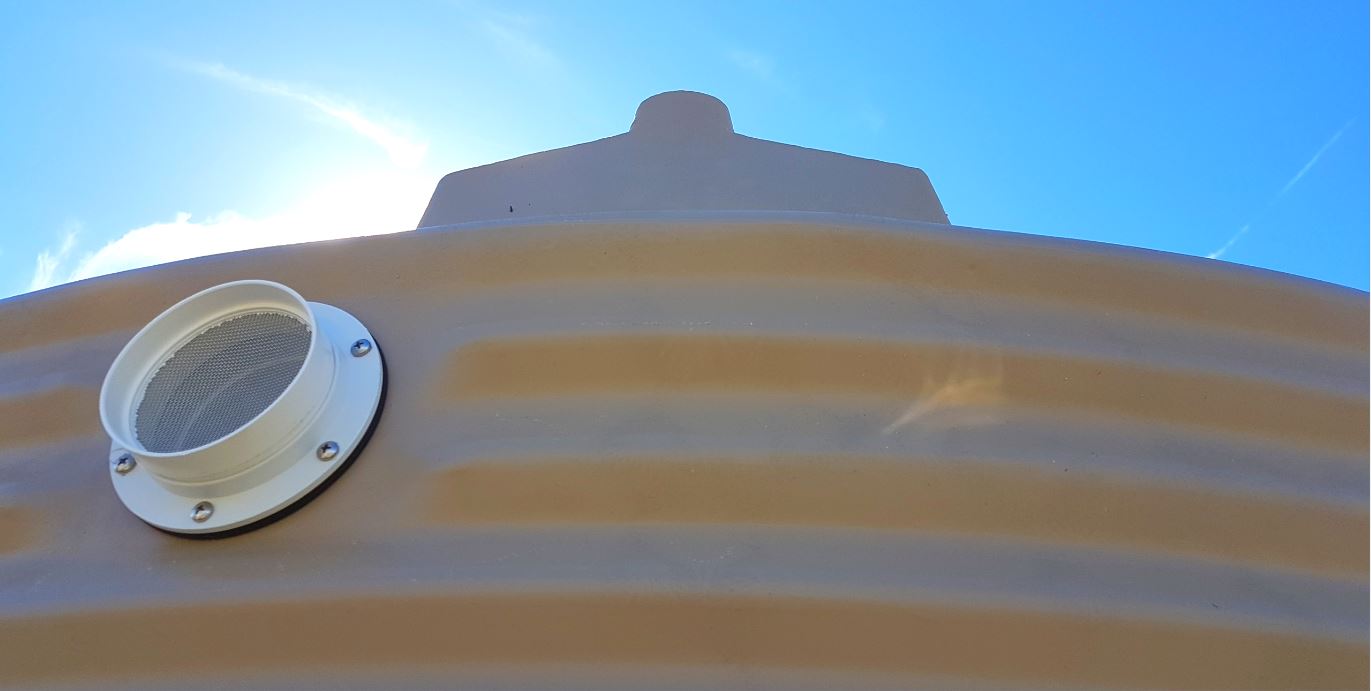Water holding tanks are a necessity for anyone farming in dry environments like Western Australia. They're great insurance in case of droughts, wildfires, and they provide an easy source of fresh water for all occasions. However, a lack of awareness around maintaining rainwater tanks can lead to losing precious water, which defeats the purpose of having a water tank in the first place.
The Risks of a Dirty Water Tank
A big tank of stagnant water can also be a dangerous thing as it provides an easy breeding ground for insects like mosquitoes, bacteria, mold, and diseases.
How Often Must You Clean/Inspect Your Water Tank?
Without regular maintenance or inspection, your water tank could incur damages before its time. Besides that, a poorly-maintained water tank may cost you more money to clean up.
Check out other factors that affect the cost of water tanks in this related topic:
Water Tanks Cost and Pricing Guide
It's obvious you need to clean your water tanks every so often and do a thorough inspection, but how often is that, exactly?
Rainwater Tank Maintenance Checklist
Every 3 months
1. Clean your gutters and roof

Your roof and gutters are the first point of contact with rainwater catchment. These are also the easiest areas for debris like leaves, pollen, dust, bird droppings, leaves, twigs and other organic matter to accumulate. As such, it’s important to keep them clean and well-maintained.
If there is a troubling amount of debris present upon every inspection, consider cleaning more often. To protect your gutters or reduce the frequency of cleaning, consider installing gutter meshing.
2. Inspect your gutter mesh

A mesh functions to prevent debris, mosquitoes and pests from entering your gutters. Ensuring that your mesh has no tears or damages helps protect your water storage. You may even indirectly help your community prevent diseases brought about by insects that thrive in stagnant rainwater. Any damage must be repaired immediately.
Every 6 months
3. Replace water filter
4. Service your water pump
5. Check water quality
Even if you don’t use your water storage for drinking, cooking or showering, it is stillcrucial to check the quality of water inside your tank.
During summer time, evaporative losses could cause sediment build-up that cause blockages in your filters that end up damaging your pump if you’re using one.
Hence, more maintenance is required during summer, especially if your water tank material is susceptible to water losses due to evaporation. For more information on what to do if you suspect a compromise in water quality, read about chlorinating your water tank here: Emergency chlorination of farm water.
Download this Free Report

6. Inspect roof catchment components
• Roof
• Guttering
• Tank inlets
• Piping
• Mesh/insect-proofing
• Leaf filters
• Tank and top of tank
• Water tank interior
Tank Interior Inspection

• Inspect the water inside for any floating debris. E.g. Insects, oily film, a layer of dust floating above the water, bird droppings, flaking paint, etc. Debris is a good indicator of water quality.
• If your water tank is made of steel/metal, check for any signs of corrosion on the walls, joints and screws, etc., blistering/cracked/chipped coatings and leaks. Note that corrosion isn’t an issue with poly water tanks.
Every year
7. Complete inspection
8. Check for structural integrity
Every 2 – 3 years
9. De-sludging your rain water tank
Over time, even with maintenance, sludge can still build up inside your water tank, which necessitates having your water tank desludged every 2 to 3 years.
Because sludge settles on the bottom of the tank, you may find it a bit difficult to detect, but it’s possible for this layer of sludge to mix up with the rest of your water storage especially during rainfall season when the water gets stirred up.
Methods for desludging your water tank:
a. You can do it yourself by draining your water tank and using a pressure washer to remove the sludge.
Note that there are risks involved. Climbing inside a water tank can be dangerous. Guidelines for working in confined spaces should be strictly followed.
- Confined Spaces Code of Practice
- Guidance About Working Safely in Confined Spaces
- Model Code of Practice: Confined Spaces
Another disadvantage to this method is that by draining your water tank prior to cleaning, you lose all the water that was in the tank.
b. Alternatively, you can purchase your own cleaning pump to suck all the sludge out. This method involves minimal water loss.
c. Or you can hire a qualified contractor to do the job for you.
For more information on sludge, read “Cleaning Sludge Out of Your Water Tank”.
A Note on Desludging Water Tanks
One of the advantages of rainwater catchment is it reduces stormwater runoff, which is packed with pollutants including pesticides and fertilisers that get to water sources where they can cause harm.
Careful not to dump your sludgy water into water sources. Consider consulting a professional for advice on what to do best.
Now that you know about the various ways you can maintain your rainwater tank, you’re a step closer to having clean water available for use around your home and your farm all year round.
Don’t want to find yourself without quality water at the most inconvenient time? Choose only high-quality rainwater tanks. Get in touch with us for corrosion-resistant water tanks that make maintenance less complicated!









What do you think about this post?
Comments